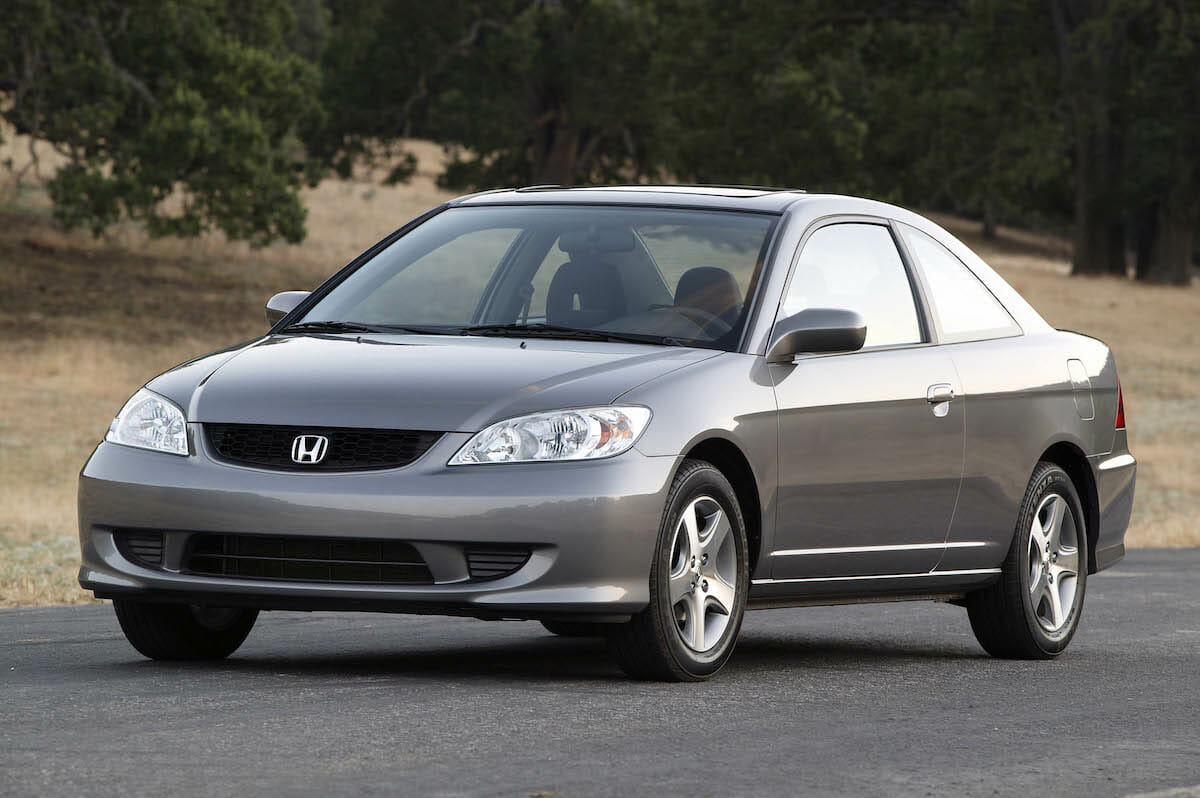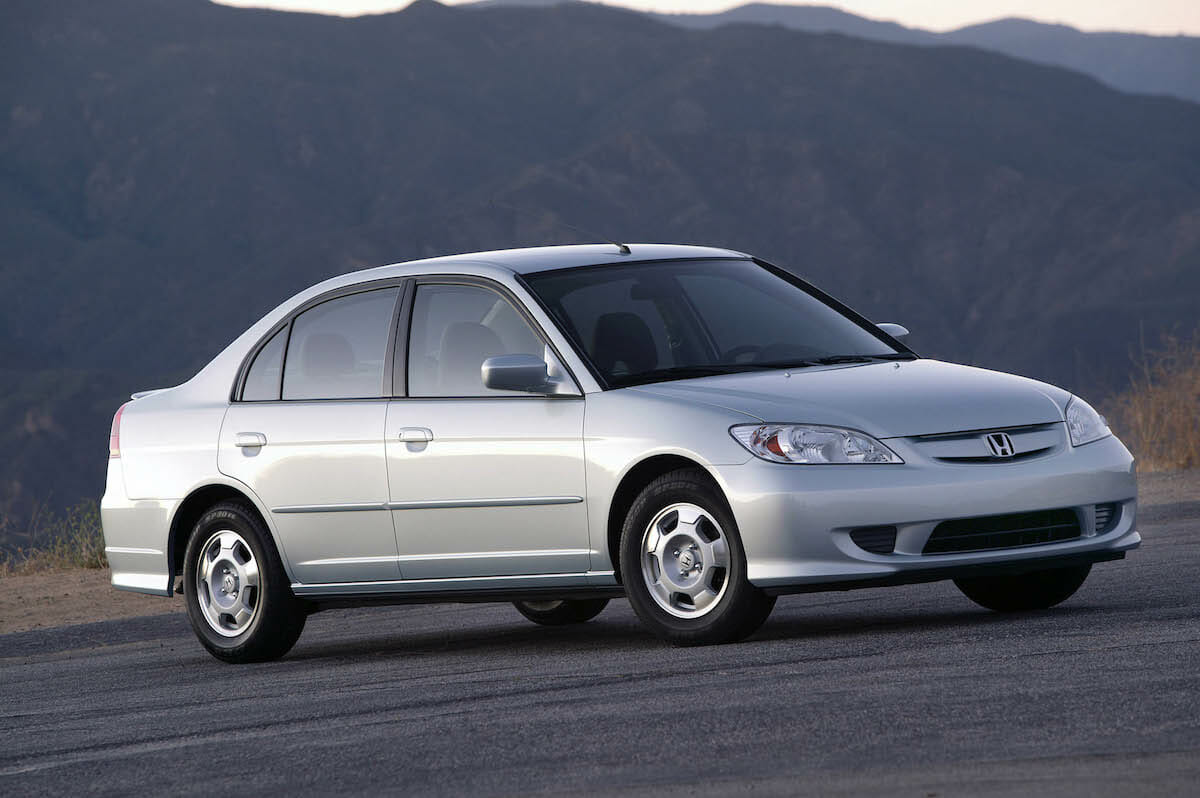If you find that your car is sluggish at startup, then look to your battery as the cause. You can verify its condition by going to the auto parts store or your local shop. After that, it’s just a matter of tracking down the correct replacement.

What’s the best battery for the 2004 Honda Civic?
Depending on its engine size, the 2004 Honda Civic uses either the 51 or 51R flooded lead-acid battery. The main difference is the position of the terminals, as the R designation indicates they are reversed. AGM batteries are also an option.
Although that covers the basics, you still have a lot to learn when it comes to picking out the right battery for the job. Thankfully, you can learn everything you need to know from this helpful guide. Take a look.
Battery Group Sizes Explained
By referring to your car’s recommended group size, you can easily select the correct battery for its build. Batteries in each group have similar dimensions, power output specs, and terminal configurations.
When buying a battery for the 2004 Civic, you need either the 51 or 51R group size. Trim levels with the 1.7L engine use the 51, while the SiR and others with the 2.0L need the 51R.
The only difference between the two is the position of the positive and negative terminals. On the R, they are reversed to better accommodate the cables.
Although there are slight variations, the 51 and 51R dimensions are around:
- Length: 9 inches
- Width: 5 inches
- Height: 8 inches
With those dimensions, your battery will fit in its tray just right even with the hood fully closed.
Their specs are mostly the same as well with both having a minimum of 400 cold cranking amps. Their capacity should lie around 47 amp hours, while reserve capacity is at least 75 minutes.
Lead Acid, Lithium-Ion, or SLI?
Since the 2004 Civic doesn’t have idle stop technology, it came equipped with a basic flooded lead-acid battery. This type of battery starts up its engine and runs all its accessories without breaking a sweat.
If you do any upgrades to your car, you’ll want to upgrade to the absorbent glass mat (AGM) battery style instead. Optima batteries are also a solid replacement for cars with a more powerful engine, sound system, and the works.

With those styles, you are free from having to maintain your battery. Since they are sealed, you don’t have to refill its water, for example. You also don’t usually have to clean off the terminals since they are corrosion resistant.
Both AGM and Optima batteries produce more power than their lead acid equivalents. Beyond that, they can better handle rapid charging cycles as the high-tech accessories run down the power fast.
OEM vs. Aftermarket: What’s the Difference?
When the 2004 Civic rolled onto dealership lots, it boasted a Honda-branded battery in either the 51 or 51R group size. This OEM battery was also required when servicing batteries under warranty.
Once your car’s warranty period expired, you could switch to aftermarket batteries from any of the leading brands, like:
- Duralast
- Optima
- Interstate
- Duracell
- DieHard
If you didn’t go with an OEM replacement, you only got a 30-month warranty without any replacement coverage. That means the retailer will only prorate your refund based on the battery’s age.
Honda OEM batteries, on the other hand, come with a 100-month warranty. Plus, in the first three years, if your battery goes dead, you get a full replacement free of charge. Aftermarket really cannot beat that.
As far as specs go, both OEM and aftermarket batteries meet the group size requirements. There are slight variations, of course, but what really matters is going with a brand you can trust.
Considering an Aftermarket Battery? Here’s What We Suggest
While you get a whole lot of value with Honda OEM batteries, their price can feel prohibitive. If your budget just won’t allow it, you can get an aftermarket battery without worry. Besides lacking the warranty coverage, they are very good.
Just make sure to check their specs while picking from the various options. To keep your Civic starting and running right, you need it to have at least 400 cold cranking amps. Also, check that the capacity is at around 47 amp hours and it has at least 75 minutes of reserved cranking power.
After checking its specs, think about the reputation of your retailer of choice. You want to go with a company that will honor their battery warranty without the fanfare. Otherwise, you could end up with a headache trying to sort it out if your battery goes dead in the warranty period.
Photos: Honda